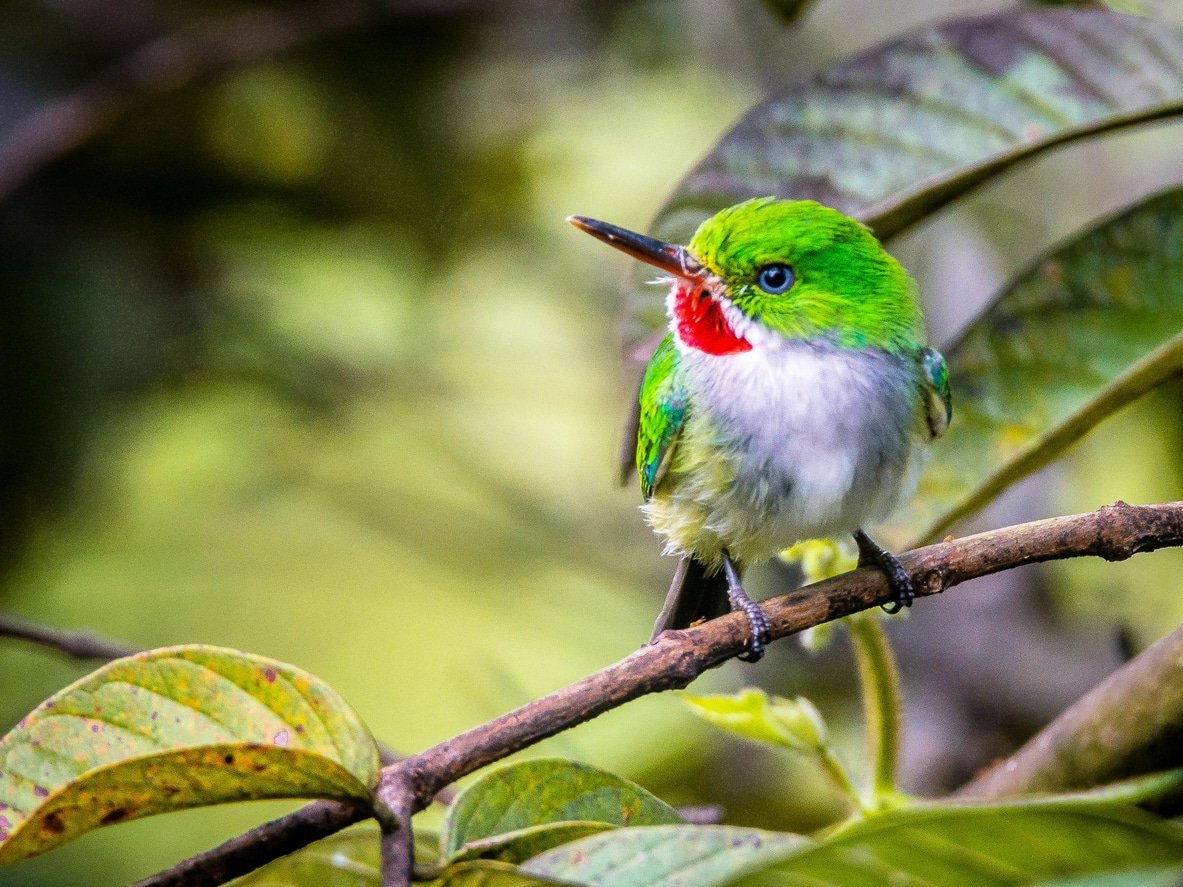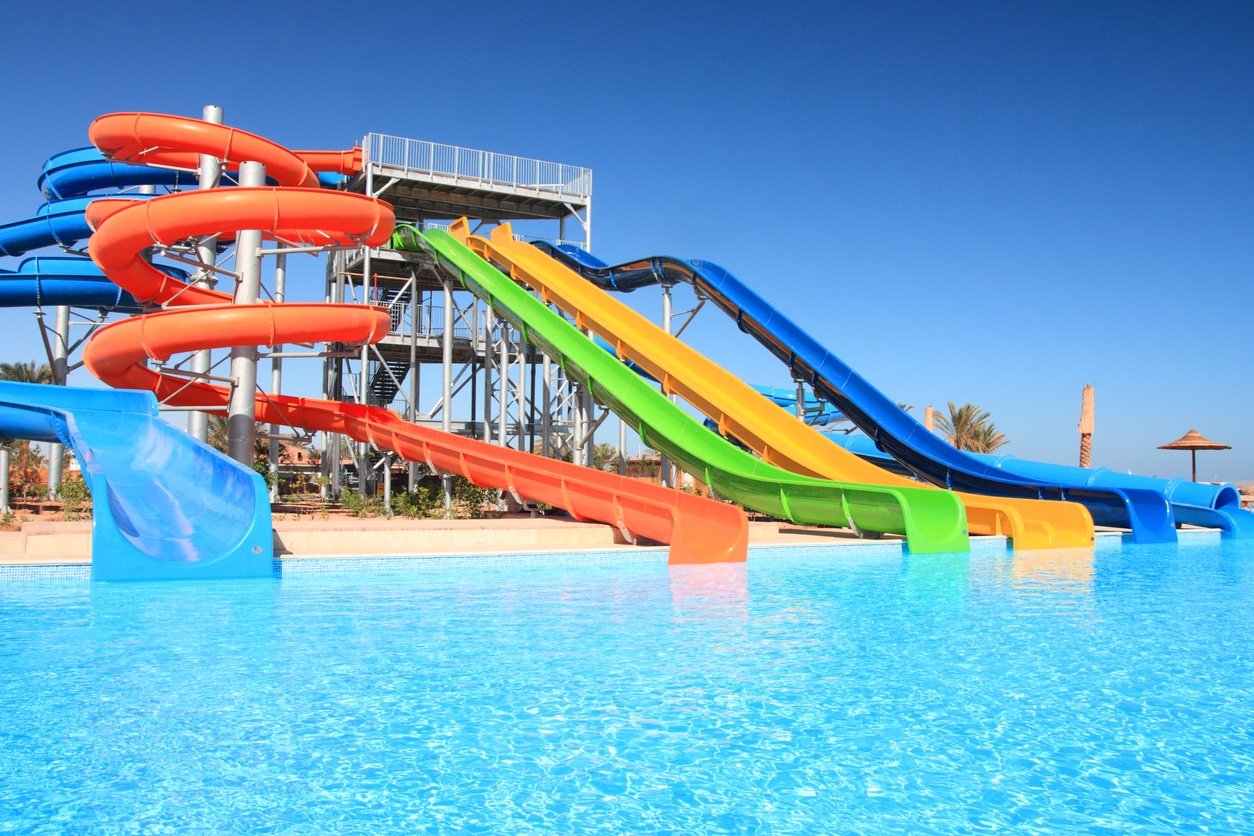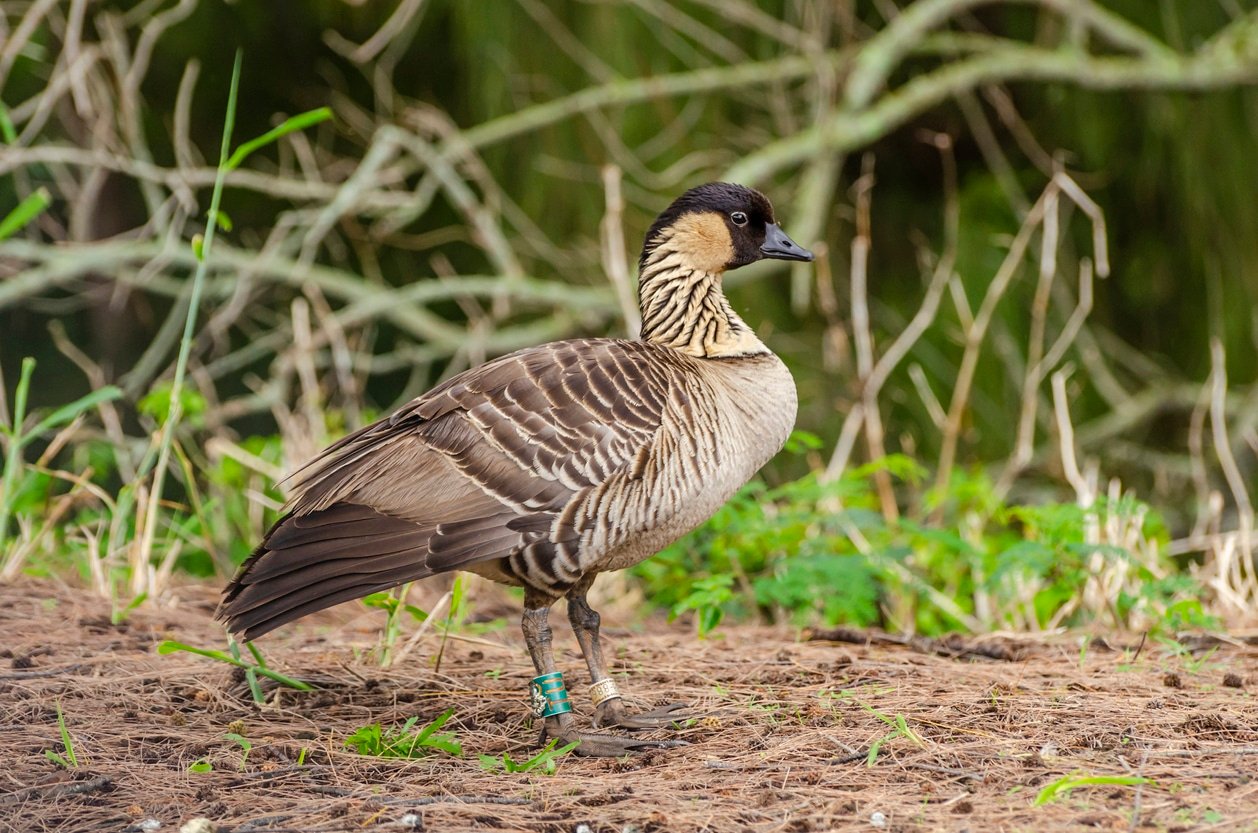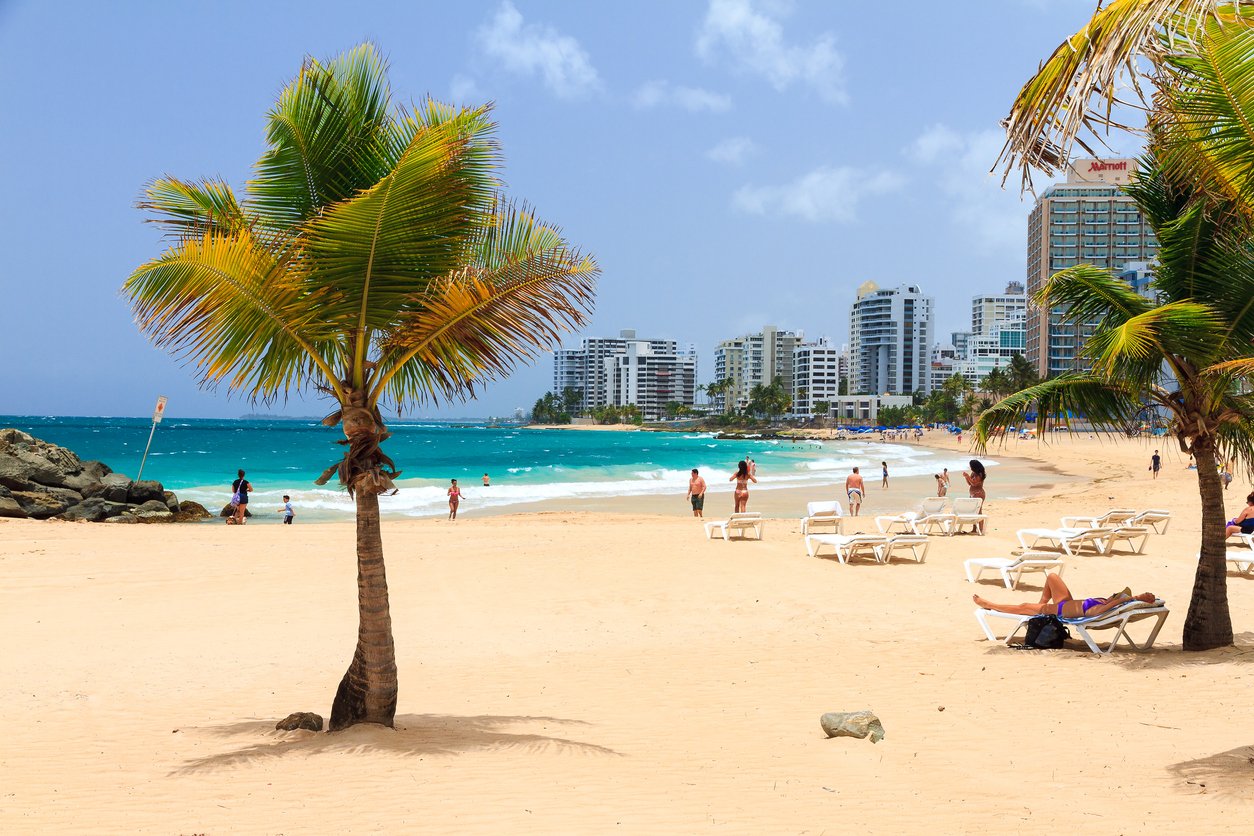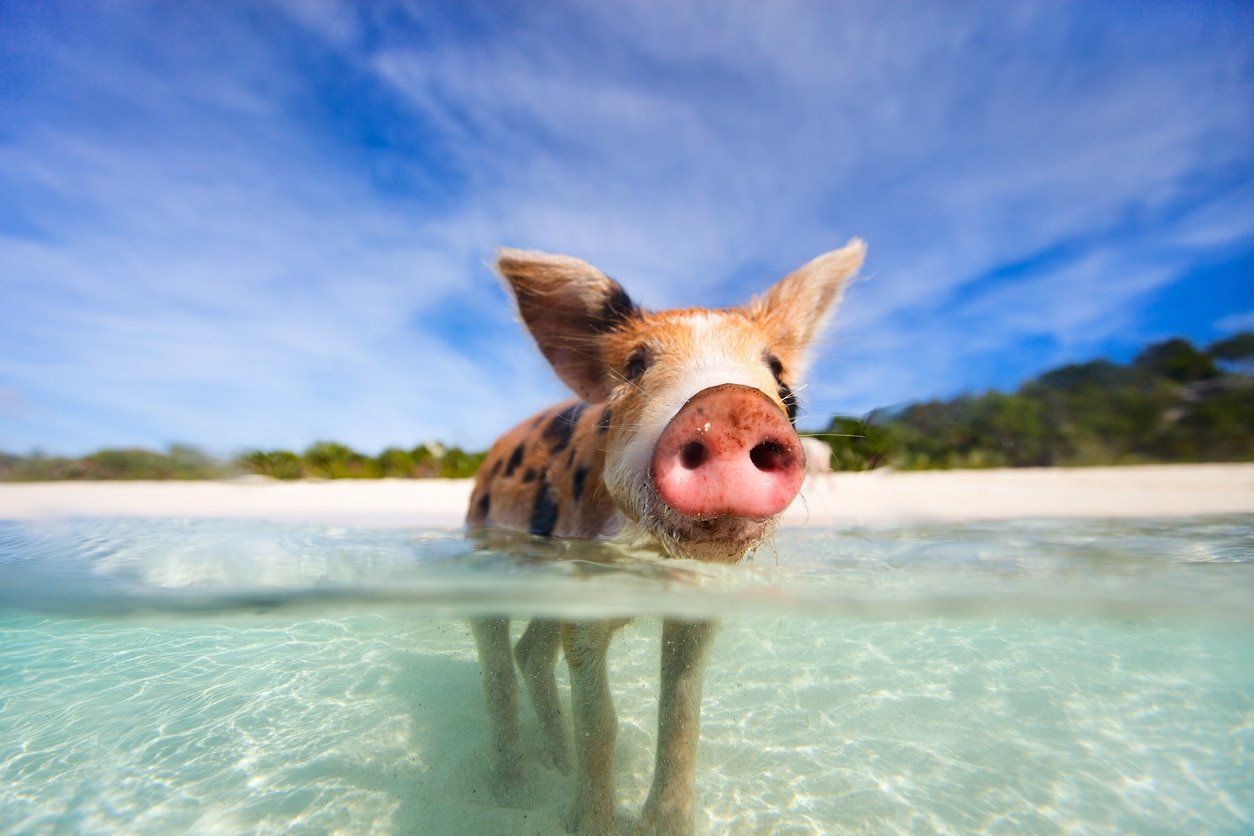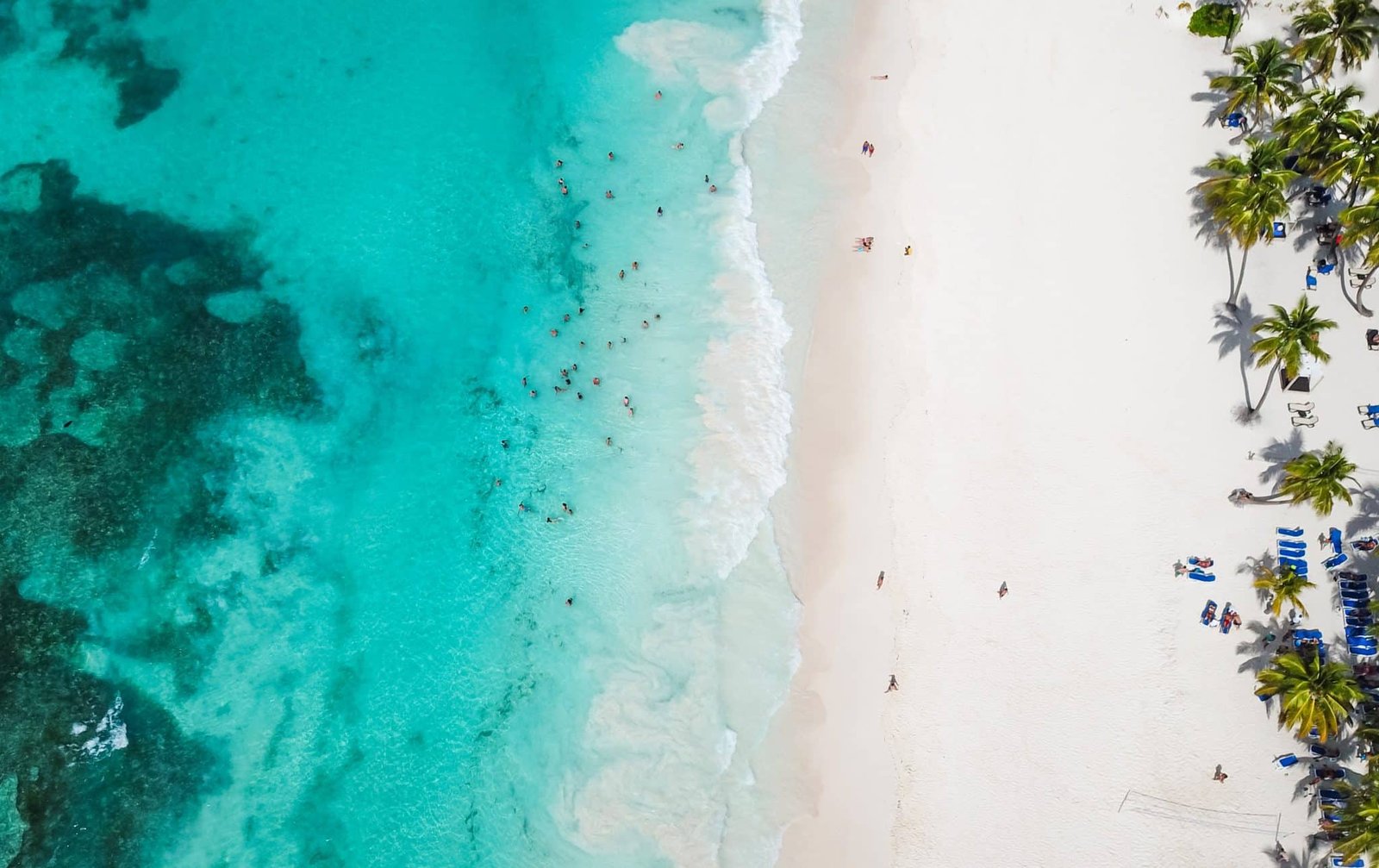Beautiful & Rare Birds of Puerto Rico: Where to Find Them, Photos & More!
Puerto Rico is home to at least 300 bird species at any given time. With 17 endemic Puerto Rico birds too, birdwatching here is always a special event.
Local tour guides are skilled at finding the best locations for the types of birds you want to see, and you might even get a chance to see 60 or more different species in a single day!
While all of the birds of Puerto Rico are beautiful, listed below are some of the most beautiful, rarest, and in many cases, endemic birds of Puerto Rico.
First we look at some of the most beautiful birds, then rare birds to try and spot, then a few more endemic birds. Enjoy!
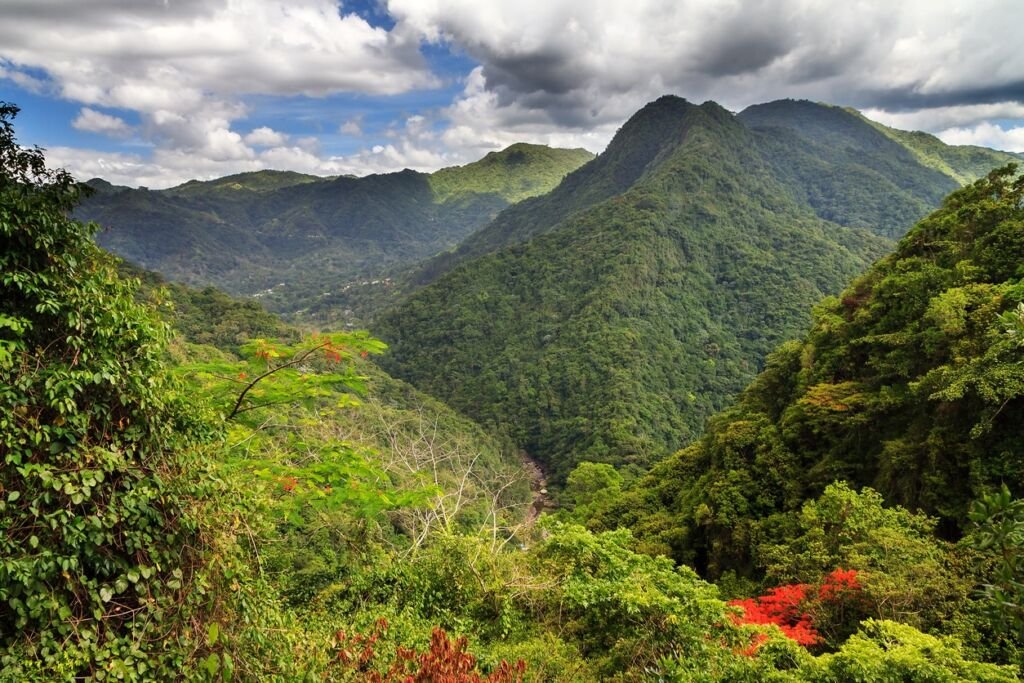
The Best Time To Go Birdwatching in Puerto Rico
You’ll find excellent birdwatching in Puerto Rico all year round. However, there will be even more birds to see from November to May due to migratory birds coming to spend the winter months in Puerto Rico.
If you’re not going with a tour guide and aren’t sure what time of day to go, then consider going earlier in the day, usually between 7 am – 11 am when birds are most active and foraging for food after a good night’s sleep.
Puerto Rico’s Most Beautiful Birds
1. Puerto Rican Emerald
The Puerto Rican Emerald is a tiny hummingbird that measures around 4 inches long and has beautiful emerald green feathers. They can be very territorial and will engage in aerial pursuits of any invaders, though they likely can only fight off bumblebees with their size!
Habitat
You’ll find the Puerto Rican Emerald throughout all of Puerto Rico; however, it’s most common in the Luquillo Mountains and the island’s southwestern coast. They have a serious preference for red flowers, so keep an eye out for those.
Endangered Status
The Puerto Rican Emerald is only found in Puerto Rico but is not listed as endangered, so you have a good chance of seeing this beautiful bird throughout Puerto Rico.
2. Puerto Rican Screech Owl
The Puerto Rican Screech Owl gets its name from the distinctive screeching “coo-coo” sound it makes, and you will hear this at night because, like all owls, it’s nocturnal. The owl is small at around 8-9 inches long. It has brown top feathers and light brown to white under feathers.
This Owl will attack and eat other birds, such as the Puerto Rican Tanager, which roosts communally, making it easy pickings for the owl.
Habitat
You’ll find these Puerto Rico birds throughout the island; however, the best places are Bosque de Susua, Laguna Catajena, Refugio de Vida Silvestry de Cabo Rojo, and El Yunque National Park. You can look for it in forested areas, up to elevations of 900 feet, or just listen for its distinct coo-coo sound.
Endangered Status
While the Puerto Rican Screech Owl isn’t listed as endangered, it’s now only found in Puerto Rico and is no longer found on surrounding islands.
3. Puerto Rican Spindalis
The Puerto Rican Spindalis is unofficially the national bird of Puerto Rico, with efforts being made to make it official. It’s a reasonably small bird weighing on average 33 grams, and the males are bright green with an orange chest, while the females are a dull green.
The Puerto Rican Spindalis engages in mobbing, which is where a flock of birds, even from different species, will join forces and attack predators. For example, Puerto Rican Spindalis have been observed attacking the Puerto Rican Boa, which is a snake that can grow to around 6 feet long!
Habitat
While its natural habitat is forests like the El Yunque National Forest, it’s most often found in plantations or gardens looking for flower nectar or fruit so that it can eat the sugar. It doesn’t go high into the mountains and prefers to stay low.
Endangered Status
The Puerto Rican Spindalis is not endangered and can be found throughout the whole of Puerto Rico.
4. Puerto Rican Tody
The Puerto Rican Tody is a tiny 4-inch bird that weighs only 5-6 grams; however, it’s brightly colored, with emerald green feathers, specs of yellow, and a white underside; it also has a distinctive bright red throat.
The Tody can be very territorial, but mainly against other Todys. With a small territory of under 2 acres; if any other Tody tries to invade, they will engage in a war dance, where they fluff up their feathers and start to bob up and down, making chirping noises before chasing the intruder.
Habitat
Puerto Rican Todys can be found throughout the whole of Puerto Rico, but they prefer higher elevations in forested areas such as the Guánica Forest in the southern part of Puerto Rico.
Endangered Status
The Puerto Rican Tody is not endangered, but you can only find them in Puerto Rico.
5. Puerto Rican Woodpecker
The Puerto Rican Woodpecker is the only woodpecker you will find in Puerto Rico. It has a glossy blue-black body with a bright red chest and throat and can be around 7-10 inches long.
As with any woodpecker, it enjoys drilling into trees to find food, and it’s happy to eat anything that it can, which can include bugs, fruit, and sometimes scorpions and geckos. A very special Puerto Rico bird!
Habitat
You will find the Puerto Rican Woodpecker everywhere, including low forests, coffee plantations, parks and gardens, mangroves, and palm tree groves.
Endangered Status
The Puerto Rican Woodpecker is not endangered at all.
6. Puerto Rican Bullfinch
The Puerto Rican Bullfinch is a deep black with patches of orange or red on the top of their head, chest, and butt, and it can range from 6 – 8 inches in length.
What’s interesting about the Bullfinch is its distinctive noise. It will make a series of rising whistles that then turns into a buzzing sound. Definitely one of the best birds in Puerto Rico to spot.
Habitat
The Bullfinch is found throughout the entire island, preferring woodlands and heavy forests at any elevation. The Dwarf forest in El Yunque National Forest is a favorite for this bird and many others, so it is an excellent location to try.
Endangered Status
The Bullfinch is not endangered but is only found in Puerto Rico.
Puerto Rico’s Rarest Birds
1. Puerto Rican Yellow-Shouldered Blackbird
The Yellow-Shouldered Blackbird has two sub-species, the Puerto Rican and the Mona Island Yellow-Shouldered Blackbird. They are related to the North American red-winged blackbird and measure around 7 – 9 inches long with a dark grey body and a distinctive yellow patch on their shoulders.
Unlike other blackbirds, the Yellow-Shouldered Blackbird is monogamous, and once their eggs hatch, the male and female share in the task of foraging for food for their baby birds.
Habitat
You will find them nested in coconut palms or mangroves in two locations around Puerto Rico: the Roosevelt Roads Naval Station area and the southern Puerto Rican dry forests and mangroves. In addition, another sub-species, the Mona Yellow-Shouldered Blackbird, can be found exclusively on Mona Island, which is the third-largest island in Puerto Rico.
Endangered Status
Puerto Rican Yellow-shouldered Blackbirds are listed as endangered with around just 400 left, and the Mona Yellow Shouldered Blackbirds are also endangered with between 400 – 900 left.
2. Puerto Rican Nightjar
The Puerto Rican Nightjar is around 8-9 inches long with black, brown, and grey plumage; there is a white stripe around the throat and white spots on the end of their tail feathers.
It’s a nocturnal bird that captures its insect prey mid-air, and instead of building nests in trees, they lay their eggs directly on the ground, with some leaf or other vegetation as padding.
Habitat
You are most likely to find the Puerto Rican Nightjar in the dry forests of southwest Puerto Rico, including Susúa State Forest, Guánica Dry Forest, and Guayanilla Hills.
Endangered Status
Puerto Rican Nightjars are listed as endangered, with around 1,400 – 2,000 left, though some estimates put them at 676 left. It was thought these Puerto Rico birds were extinct until one was spotted in 1961.
3. Puerto Rican Amazon
The Puerto Rican Amazon, or Puerto Rican Parrot, is the only parrot native to Puerto Rico. It measures around 11-12 inches long and is a brightly colored parrot with green feathers and some hints of blue on the wings, its forehead is red, and it has white circles around its eyes.
Because the Puerto Rican Amazon has some fierce predators, including hawks and falcons after it, it’s surprisingly fast with a top speed of 19 mph and is very agile in mid-air evasion techniques.
Habitat
You will only find these Puerto Rico birds in the deep forests of the Luquillo Mountains, including El Yunque National Forest.
Endangered Status
The Puerto Rican Amazon is critically endangered, with around 80 left in the wild and 300 in captivity. There is ongoing repopulation happening, but it’s slow, and natural predators are a major issue to the remaining parrots. They’re a very special Puerto Rico bird.
4. Elfin-Woods Warbler
The Elfin-Woods Warbler is a small 5-inch bird that is rarely seen unless you go up to the Elfin Forest, which requires a reasonable hike from El Yunque National Forest. It’s primarily black and white, with white under feathers with some black streaks.
Habitat
You may see the Elfin-Woods Warbler in various locations, but it’s most likely to be found in the Elfin Forest at El Yunque National Forest, which is located in the higher ranges of the mountains. So a hike will be required.
Endangered Status
The Elfin-Woods Warbler is listed as endangered, and estimates put the population at around 1,800 – 2,700.
Puerto Rico’s Other Endemic Birds
1. Green Mango
The Green Mango is a large hummingbird and one of the five species of hummingbird you’ll find in Puerto Rico, it has a solid dark emerald green body that appears more vibrant in direct sunlight, and has a blue-black tail. It’s around 4 – 6 inches long and can weigh up to 7 grams.
The males do not help with the caring or feeding of the babies and instead stand guard on a neighboring tree.
Habitat
The Green Mango can be found throughout Puerto Rico and will often be found in forests, outside forests, coffee plantations, and even foothills. Most of the central and western part of the island will have Green Mangos year-round, including El Yunque National Forest.
Endangered Status
The Green Mango is not endangered at all and will be easily found throughout Puerto Rico.
2. Puerto Rican Lizard-Cuckoo
The Puerto Rican Lizard-Cuckoo has a brown upper body, tan lower body, and a grey chest and chin. What’s distinctive about it is its very long tail, and all up, it can be between 15 – 19 inches long and weigh 80 grams. Definitely one of the best birds in Puerto Rico to spot.
The Lizard-Cuckoo gets its name from its primary food source. It will very slowly maneuver through the forest canopy on the hunt for lizards to eat, if lizards are not available, it will eat spiders and any large insects it can find.
Habitat
The Lizard-Cuckoo can be found in forests, woodlands, and plantations in Guánica, Guajataca, Vega State Forests, and the El Yunque National Forest.
Endangered Status
The Lizard-Cuckoo is not endangered but can only be found in Puerto Rico.
3. Adelaide’s Warbler
The Adelaide’s Warbler is a brightly colored bird with a grey top but a very bright yellow underside, and on average, it can be 5 inches long. It’s a very bold and curious bird who may come to land on your car when you arrive at any forest where it lives!
Habitat
The Adelaide’s Warbler can be found in woodlands or scrub, primarily in the southern dry forests such as the Guánica State Forest.
Endangered Status
The Adelaide’s Warbler is not endangered but is only found in Puerto Rico.
4. Puerto Rican Oriole
The Puerto Rican Oriole is all black, but with a yellow butt, shoulders, and upper legs! The yellow becomes more vibrant as they age, and they’re on average 8 inches long. It’s also thought that they bond for life.
Habitat
You will find the Puerto Rican Oriole throughout all of Puerto Rico, especially tropical forests, mangroves, plantations, and it prefers nesting in palm trees.
Endangered Status
Puerto Rican Orioles are not endangered but can only be found on the main island of Puerto Rico.


